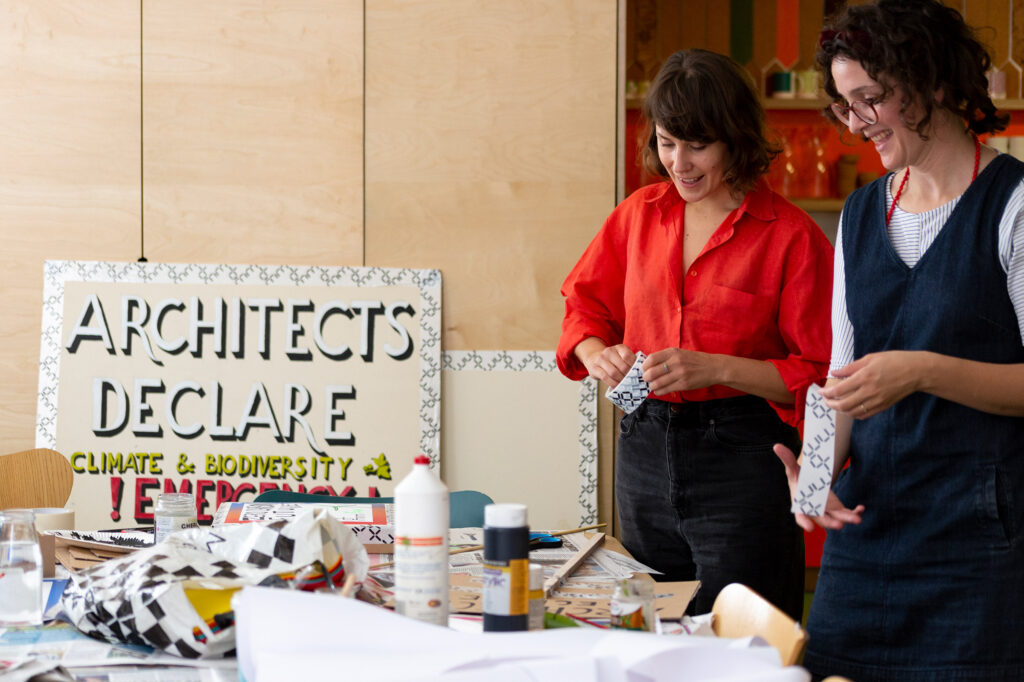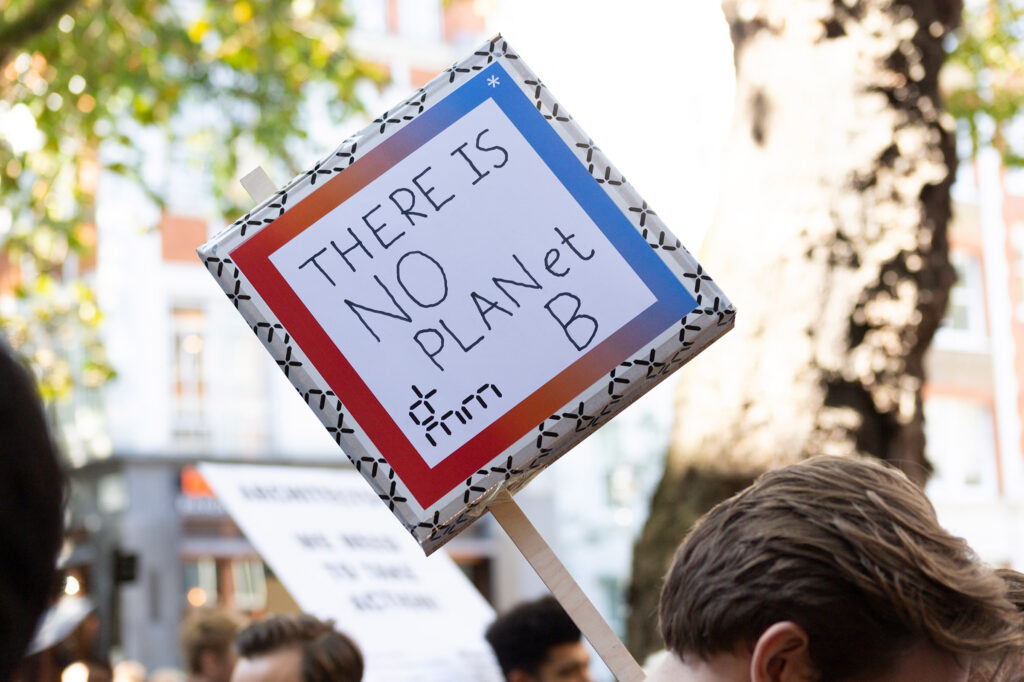Results [0]
Sustainability champions
We are committed to making a bigger contribution towards climate-conscious architecture.
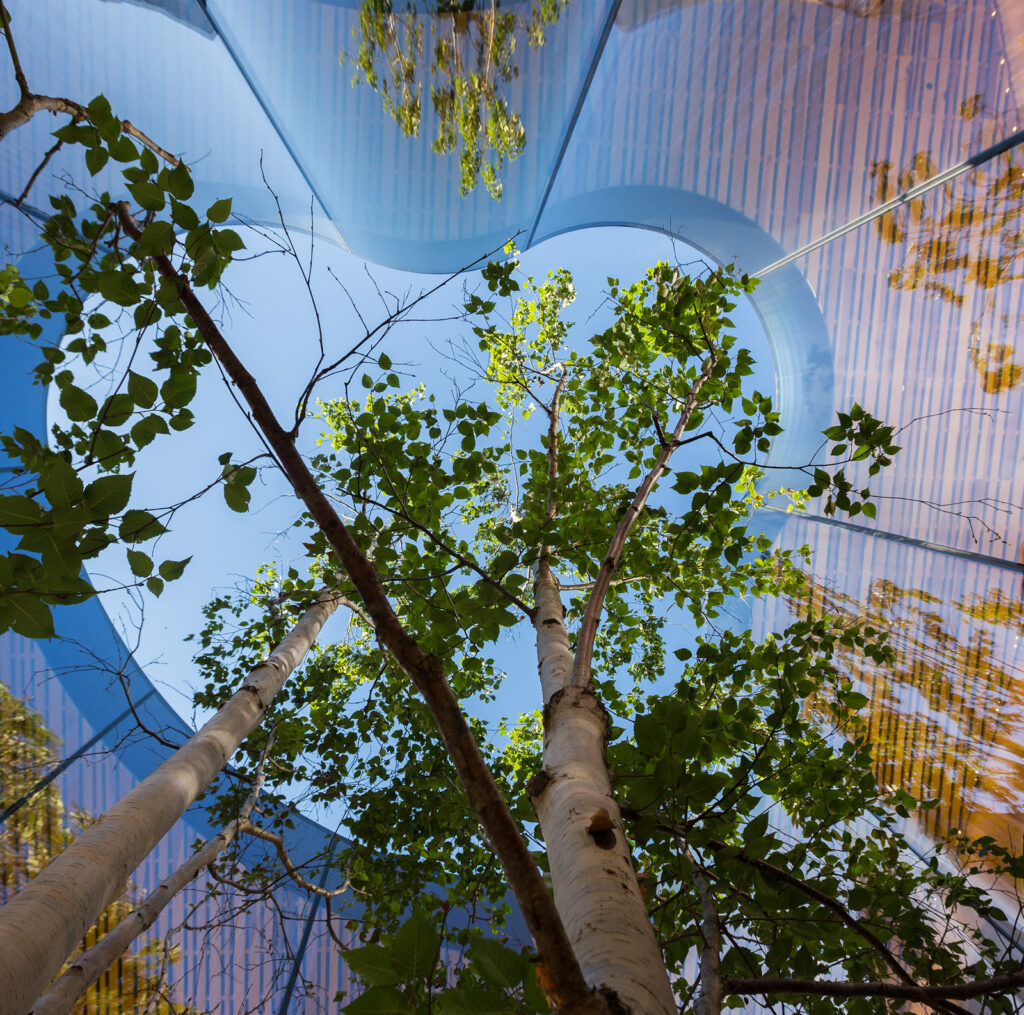
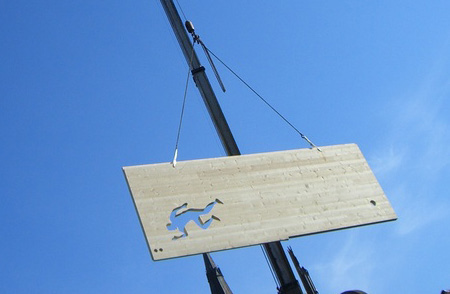

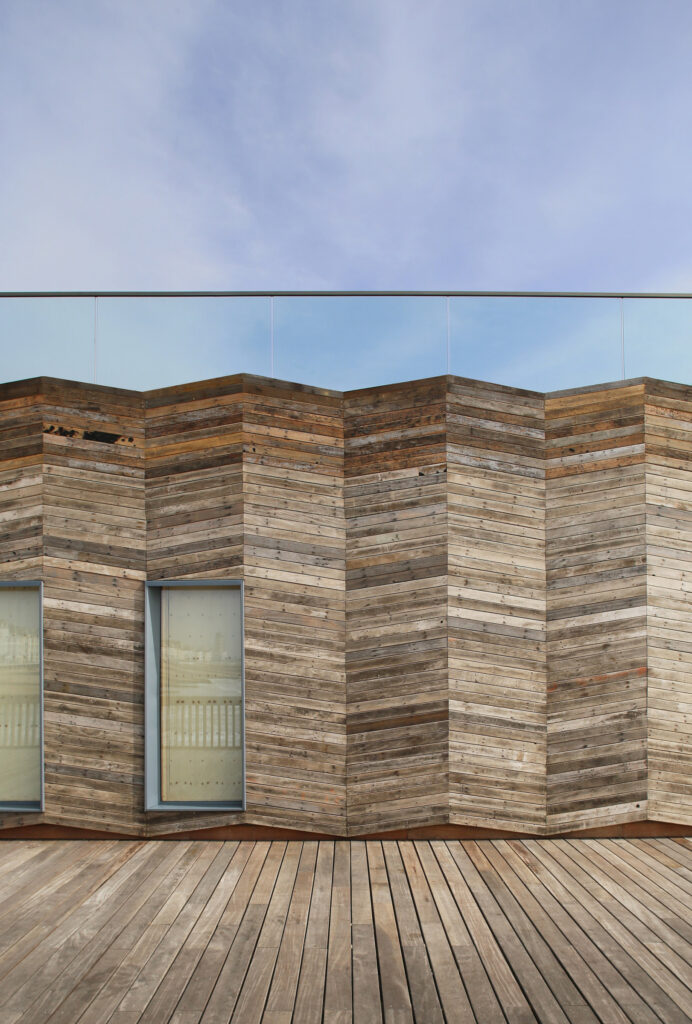
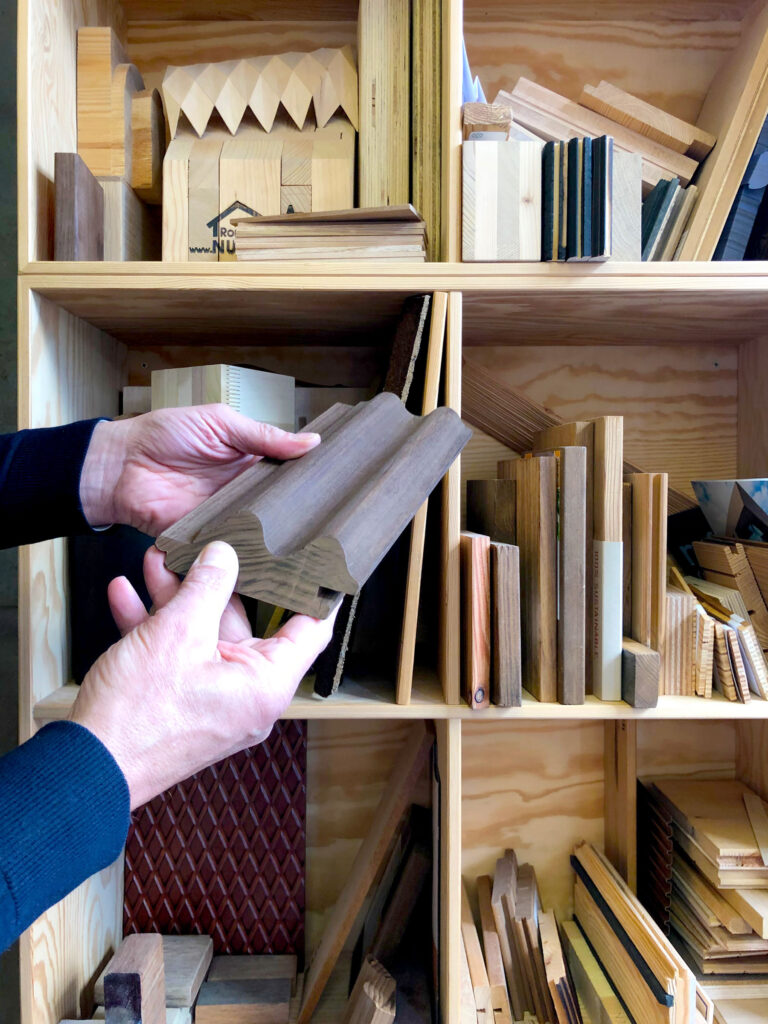
For over 25 years, dRMM has been an ambassador for sustainable design and construction.
Sustainability means directly addressing the triple crisis of climate emergency, biodiversity erosion, and social divide. Designing with these issues in mind has always been at the heart of our studio. We generate architecture that utilises construction with a lower environmental impact, reduced waste, modular components, and recycled materials—systems that we have spent years developing and testing. With a commitment to design with environmental regeneration in mind, we aim to create buildings that bring net positive impacts to natural and ecological systems.
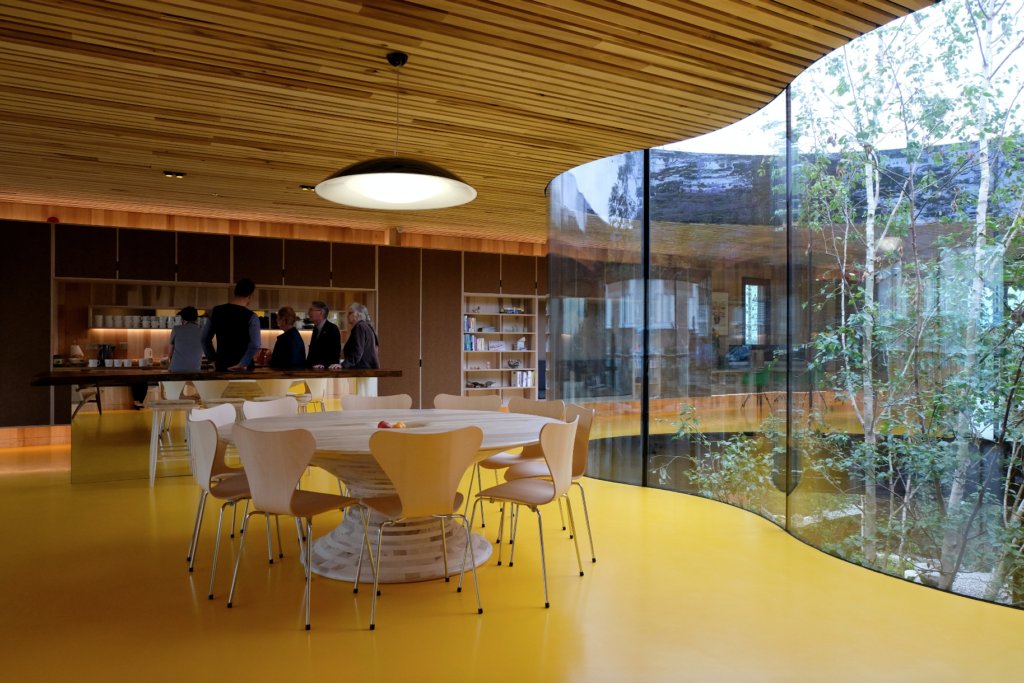

As founding signatories of Architects Declare, we are part of a collective fighting the global climate crisis.
In May 2019, dRMM joined 16 other Stirling Prize winners to sign an open declaration responding to the climate and biodiversity emergency. This network has since spread to more than 20 different countries with over 5,000 signatories. Besides Architects Declare, our studio allocates time and resources to the Architects Climate Action Network (ACAN) and the Low Energy Transformation Initiative (LETI), a network of over 250 built environment professionals working together to put the UK on a path towards a decarbonised future.
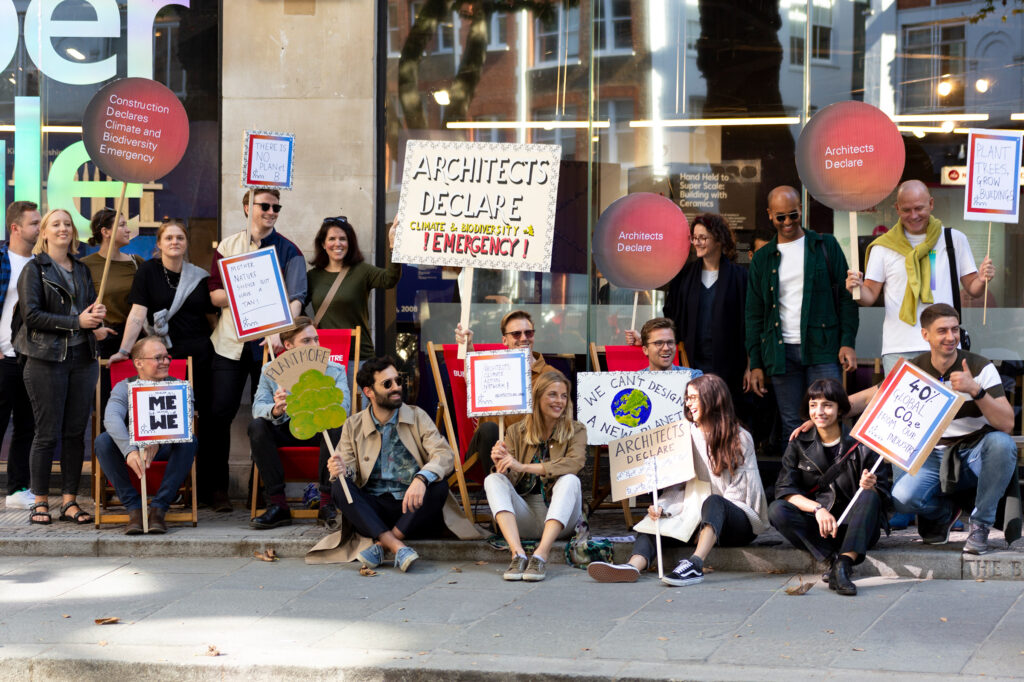
Our studio doubles as a platform for debate.
The construction industry’s fight against the climate crisis relies on radical change and the questioning of old habits, design favourites and default processes. Within our studio, we provide space for a new generation of climate-aware architects and designers to collaborate with more established professionals. Their perspective impacts design, challenges preconceptions and encourages debate as fertile ground for innovation.
The way we use buildings is ever-changing. Flexibility is key to designing buildings that last.
Architecture that lasts is the greatest environmental contribution our industry can make. The key to reimagining existing and future spaces lies in actively building-in adaptability, designing robust structures and prioritising durability. To make this possible, we embrace new technologies and tools that help improve performance and increase the lifespan of buildings. Architecture must grow with the needs and desires of generations of users—flexibility guarantees that.
We need to understand how architecture can become increasingly enabling of future adaptation. dRMM is committed to an approach of non-determinative architecture that champions inherent flexibility.

Director

Insight: Saskia Lencer
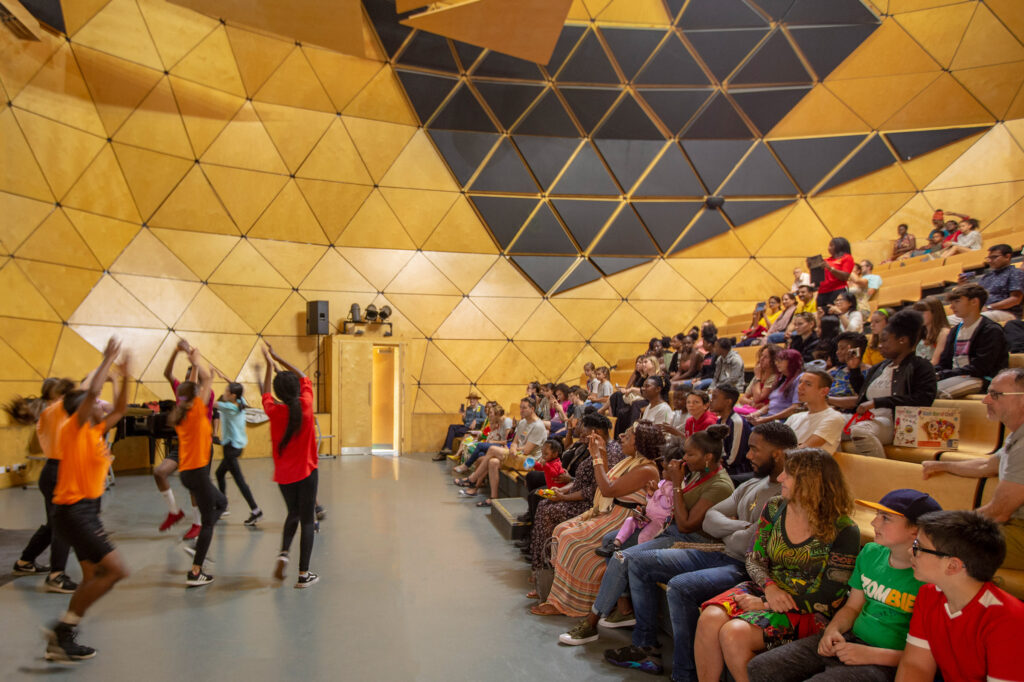
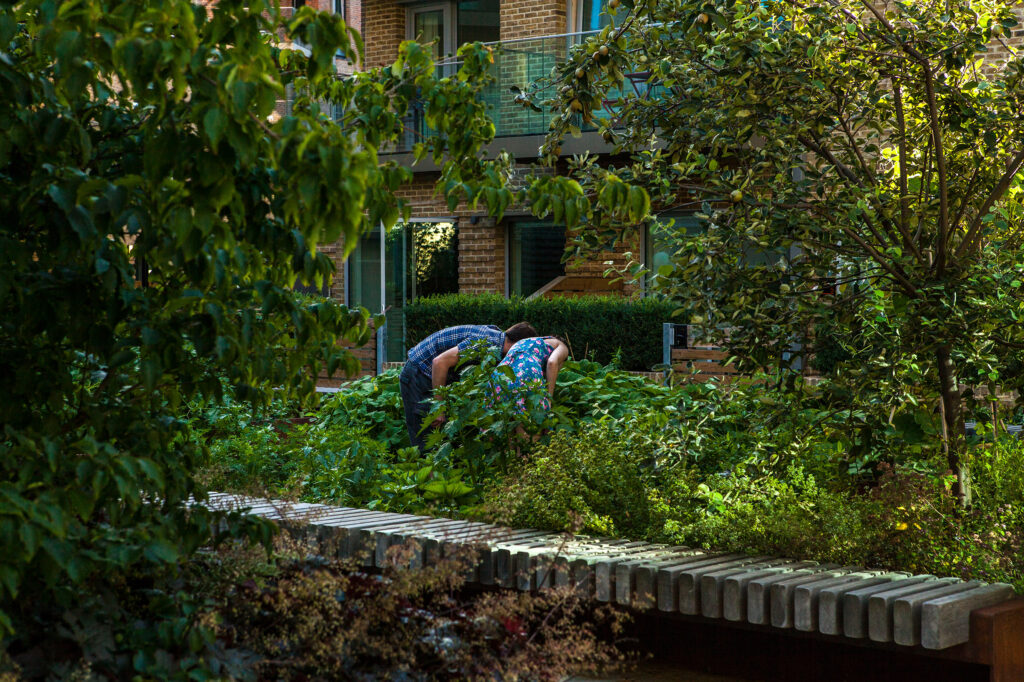
We hold ourselves accountable to sustainable and regenerative practice across our projects and our operations.
We continually review our design methodologies and working practices to ensure we remain at the cutting edge of sustainability and regenerative design across our studio’s working practices. We have certified Passivhaus Designers within our team who use their knowledge to embed Passivhaus design principles in our projects from the earliest stages. We are ISO 14001 accredited, meaning we have management processes in place for continual improvement in our environmental impact in every aspect of our studio. We monitor our impact as a studio and are committed to the UN’s Race to Zero initiative, aiming to reduce our direct and indirect greenhouse gas emissions. Having established a baseline year in 2019-20, we are working towards halving these emissions by 2030, and achieving net-zero status by 2050; we commit to sharing this journey publicly and honestly. We are also steadfast supporters of Architects Declare and signatories to the RIBA 2030 Climate Challenge.
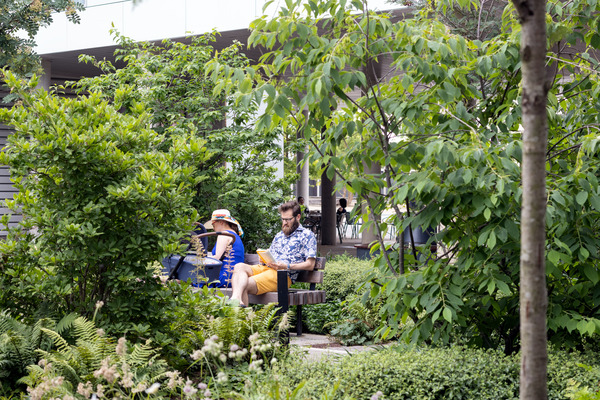
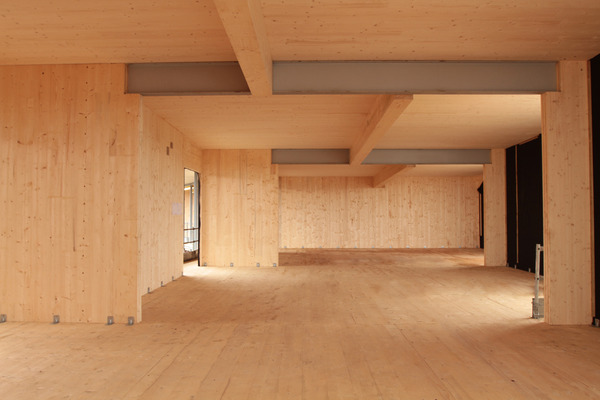
We are pioneers in engineered timber—the carbon-capturing material of the 21st century.
Timber’s versatility, renewability, tactile beauty and strength makes it the obvious choice for sustainable construction. dRMM has championed its use since the mid-90s, pioneering its application across diverse scales and typologies in UK architecture. Our built portfolio demonstrates its numerous advantages, and is proof of our continuing advocacy for timber as a sustainable material for 21st century architecture.
Timber is the new concrete.

Director

Insight: Alex de Rijke
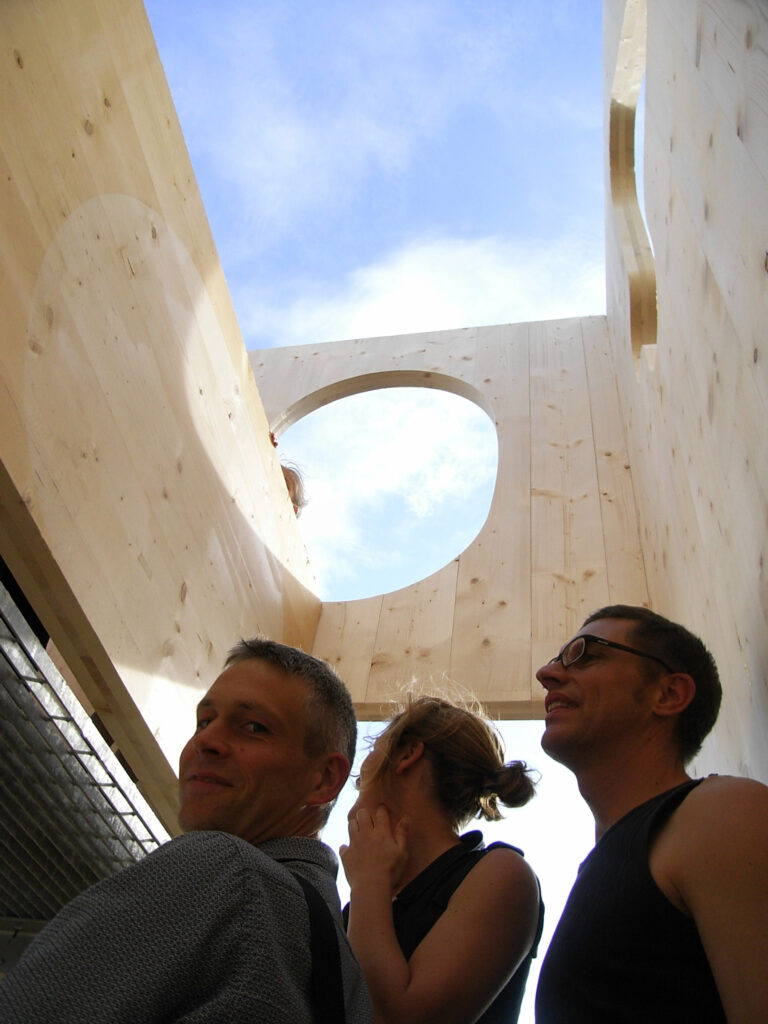
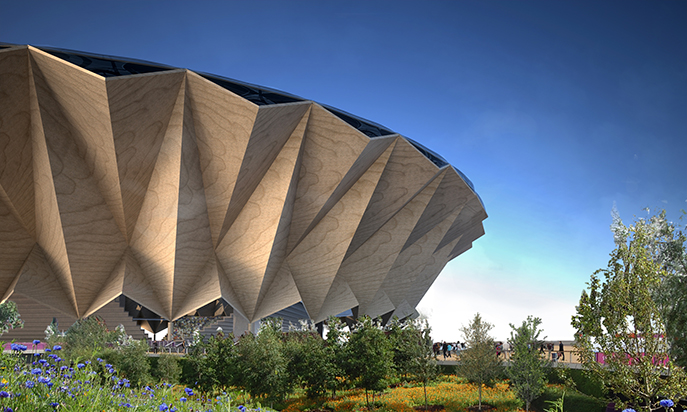
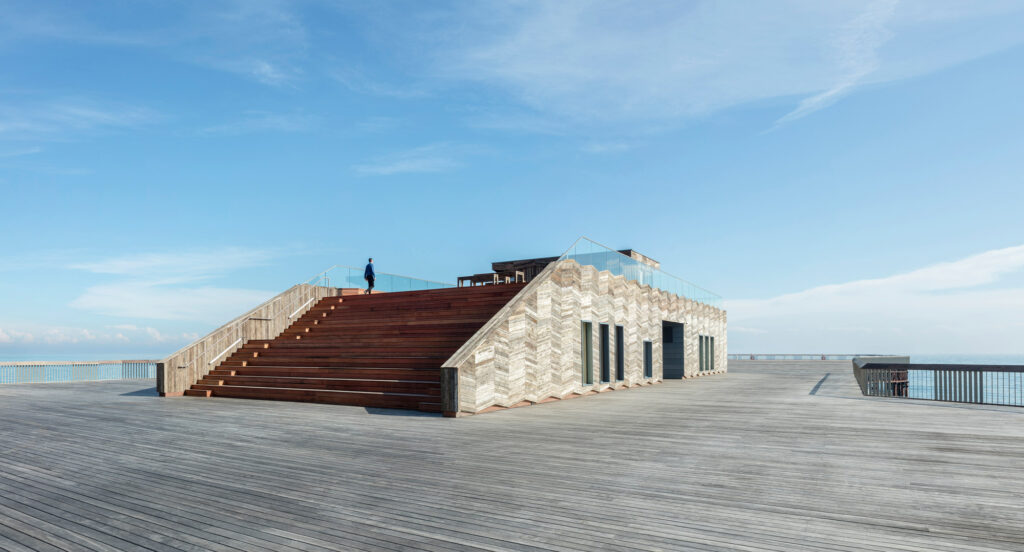
Related project
Hastings Pier
Flexibility was at the heart of dRMM’s RIBA Stirling Prize-winning project, Hastings Pier. Our team avoided the knee-jerk response of creating a landmark architectural structure and instead designed the pier as a sustainable, flexible platform able to accommodate a broad range of community and commercial uses for years to come.
